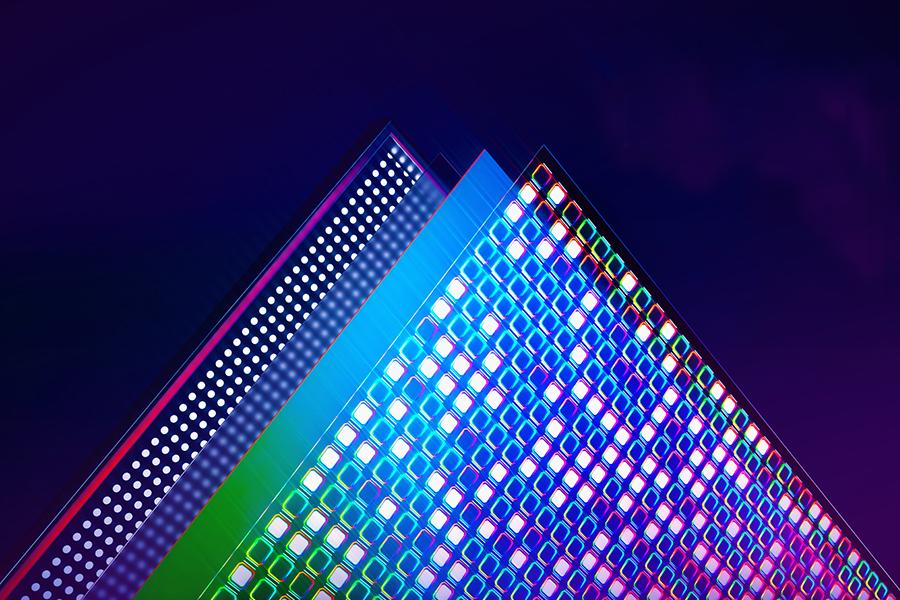
By Greg Gao
(JW Insights) Sep 20 -- The global micro-light emitting diode (Micro-LED) panel shipment is projected to reach 517 million by 2030 as the next-generation display demands from XR(AR/VR/MR), and wearables increase significantly, according to a report from market research firm Omdia.

However, during the forecast period, due to the limited applications where this technology is competitive, the market share of Micro-LED display panels is expected to account for only about 1.2% of the entire display market.
Chinese display product manufacturers also bet big on the new display technology. Seven Chinese companies ranked among the global top 15 in Micro-LED patent applications. They include BOE (2nd), TCL CSOT (4th), INNOLUX (7th), Huawei (8th), and TIANMA Microelectronics (9th), according to the White Paper on 2023 Micro-LED Industry Technology released in March this year.
This white paper was jointly produced by China’s National Third-generation Semiconductor Technology Innovation Center (Suzhou), Jiangsu 3rd-Generation Semiconductor Research Institute and PatSnap.
The Micro-LED display panel market is expected to experience significant growth starting from 2025, primarily driven by the demand for small-sized display devices used in outdoor applications, such as XR devices and smartwatches. By 2030, it is anticipated that Micro-LED display panels used in XR devices will constitute approximately 53.5% of the total shipment volume, while those applied in smartwatches will make up around 41.6%, according to Omdia’s predictions.
Another market research company, TrendForce, previously estimated that the market value of Micro LED driver chips would reach $27 million in 2023, with a year-on-year growth rate of 92%. As existing applications expand and new applications stimulate the market, the value of Micro LED chips is expected to reach approximately $580 million by 2027, with a compound annual growth rate (CAGR) of approximately 136% from 2022 to 2027.
Micro LED typically refers to LED arrays with individual sizes smaller than 50μm and has become an attractive emissive display technology and pursued by players from various industries. Compared to LCD and OLED, Micro-LED displays deliver value propositions such as a wide color gamut, high luminance, low power consumption, excellent stability and long lifetime, wide view angle, high dynamic range, high contrast, fast refresh rate, transparency, seamless connection, sensor integration capability, etc.








